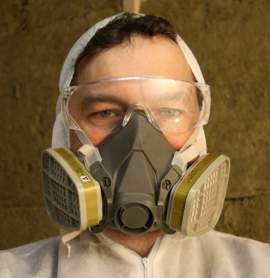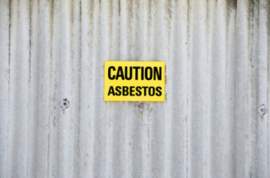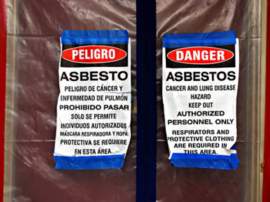
New York Asbestos Laws

Must Read
New York has experiences an alarming spike in asbestos related illness due to the release of asbestos across lower Manhattan in the aftermath of the 9/11 terrorist attacks. Prior to this release of this dangerous material from this disaster, asbestos was a popular material used in industry, construction and a variety of other practical applications, due to its versatility. Shipyards and construction sites in particular were two areas that workers will experience high than typical rates of asbestos related illnesses. Asbestos in shipyards Ship construction used asbestos for fire and waterproofing and the asbestos was usually applied in a spray able form. This lends itself to breaking down and releasing the dangerous fibers. In addition, particles will remain in the ship for some time after construction. Similar to a mine shaft, the contained environment will lead to a high concentration that will but shipbuilders at a higher rate of contamination that the general environment. The contamination is worse in shipyards that were active during WWII, including the Brooklyn Navy Yard. Asbestos environmental contamination Although the EPA determined that there were low to negligible asbestos content in the debris of the World Trade Center, many rescue workers and others that worked with the debris removal have become sickened only ten years after the disaster. The legal implications for these workers are yet to be determined. Asbestos in the home Asbestos was used in a number of forms for homes built before 1980, with some applications now posing an immediate danger and others remaining somewhat harmless. The most harmful applications are the ones that will become friable. This includes plaster, popcorn ceilings, joint compound, drywall and floss insulation. All of these materials can break apart with minimal force, generally, human contact is sufficient. Friable asbestos is dangerous as fibrous asbestos can potentially break down into much smaller fibers and these fibers will be smaller than can be detected by the human eye. These particles lodge in the lungs and eventually pose a risk factor for asbestos related illness. Not all asbestos in the home is friable and dangerous. Flooring, siding and roofing may all contain asbestos that is sealed in a hard, indurate material. Fibers cannot penetrate this. As long as this material remains intact, it poses no threat. In case of demolition, this material should be removed if it will crumble, as per New York asbestos laws. New York asbestos law enforcement All other structures are required to provide advance notification of any procedure involving demolition or renovation. This notification form will include sections to account for the amount and type of asbestos in the building, as well as contact information for the asbestos contractor, method of removal and disposal site for the ACMs. Asbestos litigation It is not difficult to file asbestos litigation, either single or mass tort in New York. Courts have been conducive to asbestos lawsuits placing a high burden on defendants. This runs contrary to other states that attempt to limit asbestos litigation wherever possible.



















